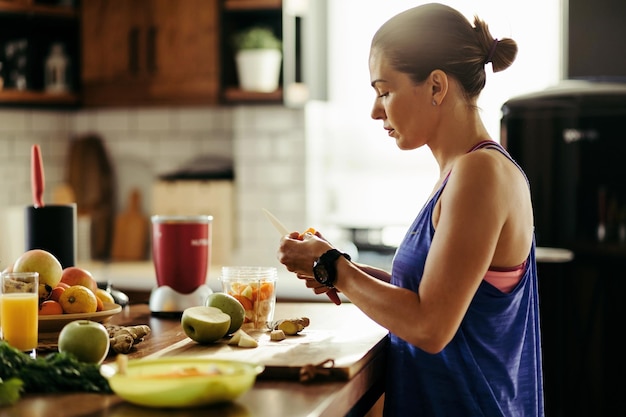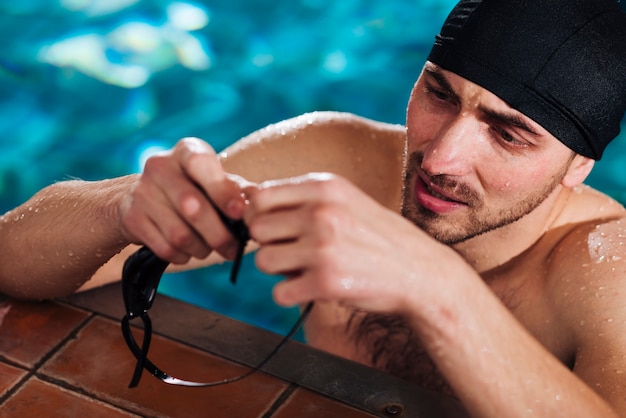Discover the overlooked habits that dehydrate you—and learn science-backed strategies to stay optimally hydrated every day.
Water is essential for life. It regulates body temperature, supports digestion, flushes toxins, and keeps your brain sharp. Yet, despite its importance, many people unknowingly sabotage their hydration with daily habits that go unnoticed. Even if you drink eight glasses a day, you might still be dehydrated.
This comprehensive guide reveals 45 common hydration mistakes, explains why they matter, and gives you clear, actionable steps to correct them—so you can feel more energized, focused, and healthy.
Every cell, tissue, and organ in your body needs water to function. Even mild dehydration—just 1-2% loss of body water—can impair concentration, mood, and physical performance. Chronic under-hydration is linked to fatigue, headaches, digestive issues, and even kidney strain.
But hydration isn’t just about drinking water. It’s about how, when, and what you consume—and what lifestyle choices affect your body’s ability to retain fluids.
Thirst is a late indicator of dehydration. By the time you feel thirsty, your body is already slightly dehydrated. Solution: Drink water consistently throughout the day, even when not thirsty. Set hourly reminders or use a marked water bottle.
After 6–8 hours without fluids, your body is naturally dehydrated. Solution: Drink a glass of water as soon as you wake up to kickstart hydration and metabolism.
Chugging large amounts overwhelms your kidneys and can dilute electrolytes. Solution: Sip water steadily instead of consuming it all at once.
Foods like cucumbers, watermelon, oranges, and lettuce are over 90% water. Solution: Incorporate more hydrating fruits and vegetables into meals and snacks.
Coffee, alcohol, and sugary sodas increase fluid loss. Solution: Limit intake and balance each serving with an extra glass of water.
Sweating increases fluid needs. Solution: Drink water before, during, and after exercise. For intense workouts over an hour, consider an electrolyte drink.
Hot, dry, or high-altitude climates increase water loss. Solution: Increase daily intake during travel or extreme weather.
Some plastics leach chemicals over time. Solution: Switch to glass or BPA-free reusable bottles.
Dark yellow urine signals dehydration. Solution: Aim for pale yellow—check regularly as a hydration gauge.
Some medications increase urine output. Solution: Consult a healthcare provider about balancing fluid intake if on diuretics.
Mistakes 11–45 include things like breathing through the mouth, low electrolyte intake, ignoring signs of dehydration in children or elderly, over-relying on sports drinks, and not hydrating during air travel. Each has a simple fix—like using a humidifier, adding a pinch of salt to water, or packing water in carry-ons.
Start small. Add one glass of water to your morning routine. Use a reusable bottle with time markers. Flavor water with lemon, cucumber, or mint if plain water feels boring. Track your intake with an app or journal for the first week to build awareness.
Pair hydration with existing habits—drink water after every bathroom break or before every meal. Over time, it becomes automatic.
Staying well-hydrated isn’t complicated, but it requires awareness. By avoiding these 45 common mistakes, you’ll support your body’s natural functions, boost energy, and improve overall well-being. Hydration isn’t just about volume—it’s about timing, balance, and consistency.
Make hydration a daily priority. Your body will thank you.

Wellness

Wellness

Wellness

Wellness

Wellness

Wellness

Fitness

Fitness

Wellness

Wellness

Wellness

Fitness

Health

Fitness

Health

Health